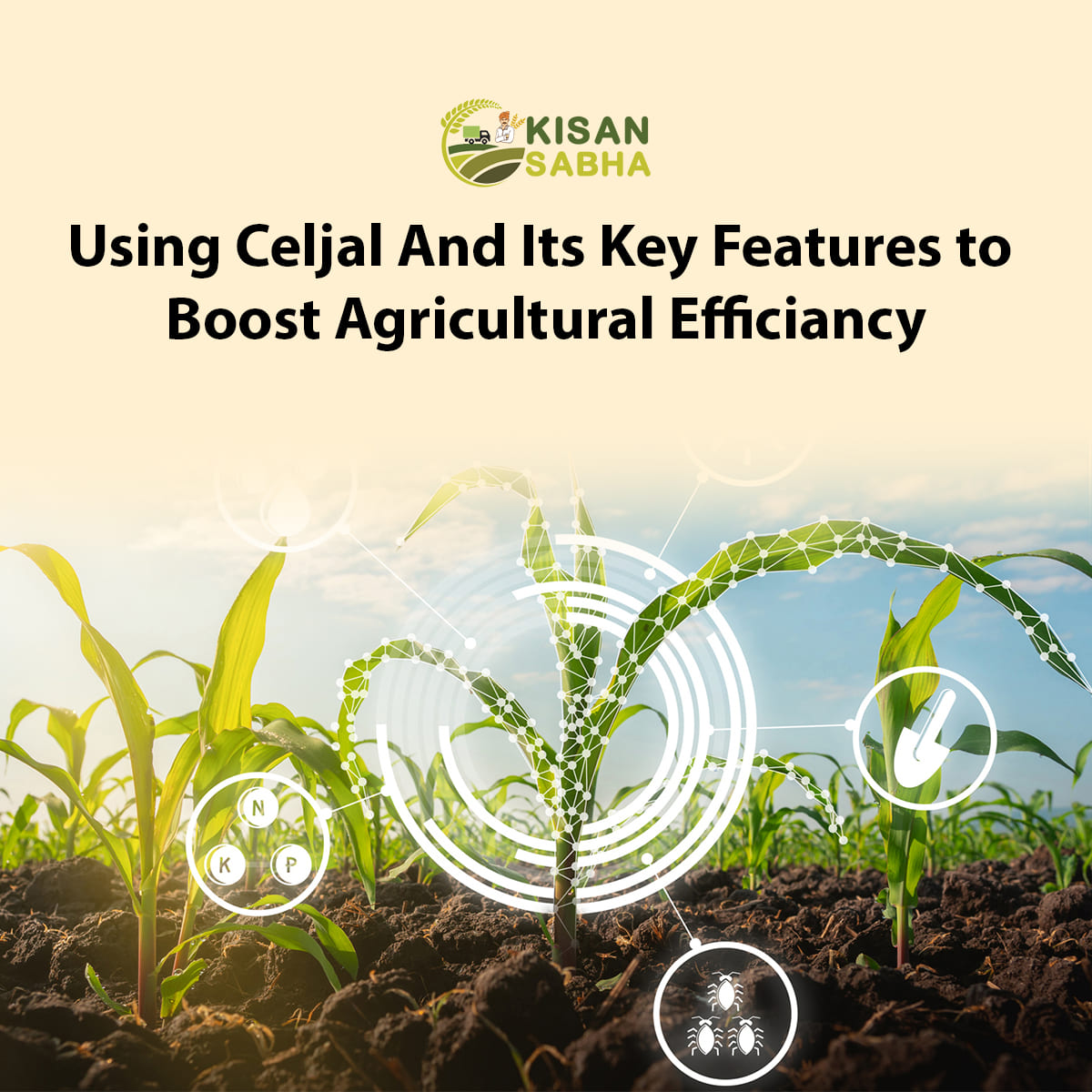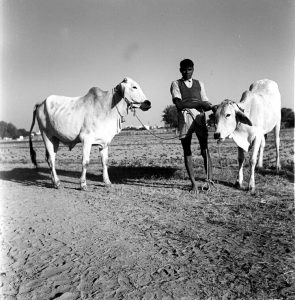Water is the main input ingredient in agriculture for crop well-being. It acts as a carrier to feed nutrients and chemicals to stems and roots. As a result, zylem and floam do their botanical accountability. If a plant contains proper water flow, then dreams of crop growth and its supposed protection come true. Pay attention to water conditioning quality while irrigating green produce. Otherwise, crops will likely be impacted by herbicides, insecticides, fungicides, and fertilizers.
Do not take water quality lightly, and high dissolved contaminants and an improper pH level. Do not let it happen, and take the solid steps to overcome it. After all, it raises a question mark on the potency of inputs. Consistently improper PH water absorption is accountable for reduced crop production and useless agricultural investment. To address this complexity, proven methods to change the water conditioning and improve agriculture practices are needed. The state-of-the-art in celjal methods lets you grow more. So, we must proceed with smart product usage to change agricultural inputs.
Overview of Water Quality Issues in Agriculture
Water quality is an important factor in the success and sustainability of agricultural practices. The impurities in water deteriorate agricultural output as they bring a setback in nutrient flows. So, you find it in the form of sedimentation and chemical pollutants. Such water quality not only impacts irrigation water quality but also harms the ecosystem and human health. So, producers should learn water conditioning to sustain quality.
Dissolved Solids in Water
If you do not check the water quality, some solids might be dissolved. It includes calcium, magnesium, and bicarbonate. Whenever the solid interacts with solid water, it triggers precipitation reactions. Having completed this reaction, the portion of the chemical becomes ineffective. The high-level carbonate-infused water for spraying pesticides. Furthermore, dissolved solid reacts with active ingredients, which reduces the incorporated potential.
PH Level in Water
pH level is one of the most promising factors that has direct and indirect impacts on agricultural inputs. By the way, PH contains its benchmark ranging from 0 to 14. The pH 7 means that water is neutral. The most accepted PH factors for agriculture are 5.5 to 6.5. Do not let the water level be too acidic or basic. Otherwise, it impacts overall agricultural output. Irrigation with the alkaline water leads the better hydrolisis in the field’s yields. You do not fine-tune control with your pest.
Read More:- Top 10 Emerging Trends in AgriTech Startups
Why is Water Quality Essential in Agriculture?
Water inflows work better for agricultural land irrigation. After a while, it is a measuring input for performance determination. Anyway, poor quality water does not offer you the best results.
- The efficacy of herbicides, insecticides, and fungicides does not achieve their desired results. So, pest and disease control is hard to achieve.
- The precipitation of the nutrients and micronutrients will drop in your productivity.
- The higher dose is required to remove precipitation. As a result, one should pay more for powerful chemical fertilizer, and its cost has increased. The more explanatory reason is to have the agricultural losses.
- Keeping fairness with the environment is hard due to the potential harm.
While involved in real-time practice to address these issues, products like Celjal will improve a lot to improve yields, quality, and quantity. On the other hand, you find it great for reducing your carbon footprint. As a result, there is a likelihood of having environmental pollution and other concerns.
Celjal’s Role in Water Customization
Celjal is synonymous with the water conditioner aimed at agricultural use. If the customer uses it for a water conditioning perspective, then poor quality water does not bother you. While operating this agricultural product, the waste dissolved water does not work and improve the expected pH level for specific crops. Furthermore, this product will improve the performance of pesticides, fertilizers, and growth promoters
Key Features in Celjal
Promising agriculture is incomplete without improving poor-quality water into high-quality water. Now, do not stress about how to ace the setback in agriculture. Let us see what Celjal will do irrigation water challenge.
Neutralize Improper Water
Celjal forbids further movement of dissolved solids to work on its active and binding molecule. This molecule is instructed not to work with incurred chemicals. This process ensures that precipitation reaction does not occur again and ensures the active ingredient does not idle to do its expected mechanism.
Optimize pH Level
Celjal helps to bring the pH level of yields as per botanical requirements. It aims to establish the optimal range for all suitable agriculture methods. If the producer takes this action into reality, then it mitigates the risk of chemical ingredients. After all, it contributes to strengthening the agricultural input performance.
Improve Input Efficacy
While conditioning water through Celjal methods, the agricultural input is an absolute amount. In other words, the performance of agricultural products does not get challenged. Doing it in the prescribed way, an individual can achieve better crop protection and growth.
How to use Celjal?
Not all agriculture professionals are aware of the Celjal product. At that time, they read the line-by-line instructions in their manual.
Water Quality Check
Firstly, you check the water quality performance. The quality consideration ends at the pH level and dissolved solids. After knowing the absolute count, you use the appropriate Celjal amounts to improve agricultural yields.
Adhere to Manufacturer Guidelines
Do not be fickle-minded about using the Celjal products. So, it is worth reading the effective details for dosage and application methods.
PH level Customization
A Change in the pH level of a certain crop is essential so that you do not see a sluggish loss in your crop. That’s why the Celjal product is suitable for PH level transformation.
Mix Properly
Do not haste and hesitate to use the Celjal product in your fields. As a result, there is even water distribution, which leads to more effectiveness.
Monitor Crop Outcome
Once you apply Celjal, you must monitor crop change for growth and health perspectives. As a result, you can get better tuning for water conditioning.
Caljal Usage for Crops
Recommended Crops
Celjal is effective for different kinds of crops. There is no limitation on crops. So, it is up to the farmer to use it where. For instance, you take it for fruits, vegetables, and other modified agricultural variants. The versatility makes it perfect for other crops.
Celjal Concentration
Use the Celjal in a limited amount. For instance, 1 mil celjal is required in one liter. The absolute celjal indicates how much water is disturbed in crops. By doing so, the agricultural input performance works for massive production.
Conclusion
Do not think about thinking more about how to improve agricultural productivity. No matter how many barriers in your traditional agriculture practice, upskill your agriculture product to use Celjal products. It aims to use input resources for drastic crop productivity and quality.





